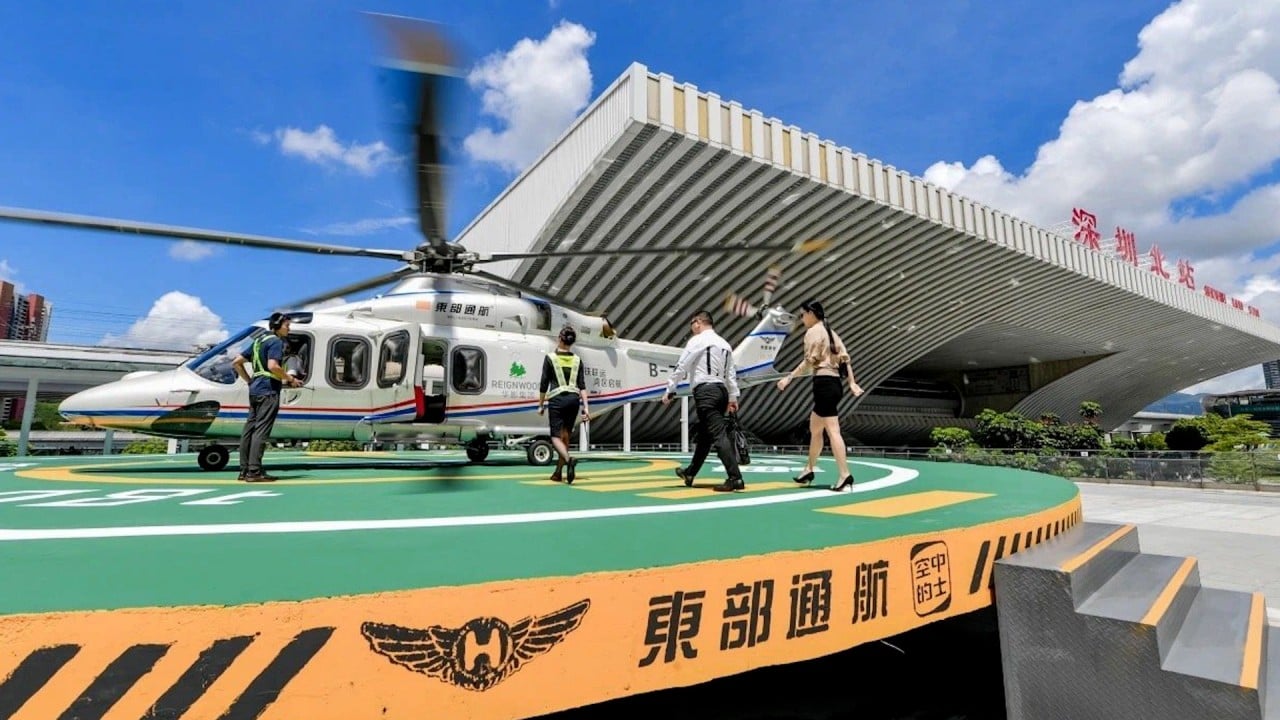China’s ‘low-altitude economy’ soars as UAVs surge by 48%, Beijing eyes healthy development
- China is pushing for the ‘low-altitude economy’ to foster high-value jobs, bolster innovation in science and technology and inject momentum into the economy

Newly-registered unmanned aircraft or drones surged by 48 per cent in China in the first six months of the year amid a push for the “low-altitude economy” to foster high-value jobs, bolster innovation in science and technology and inject momentum into the overall economy.
There were 608,000 new unmanned aerial vehicles (UAVs) registered in China in the first six months of the year, bringing the total to over 1.87 million, according to data provided by the Civil Aviation Administration of China (CAAC) on Wednesday.
“To push for the healthy development of the low-altitude economy, we as the regulator will continue to work on coordinating the upgrade of the traditional aviation industry and innovative developments in the unmanned aerial vehicles industry,” CAAC director Song Zhiyong said in Beijing.
Transport minister Li Xiaopeng also previewed plans to upgrade China’s logistics and transport network through policies that would encourage the replacement of old vehicles, such as trucks, ships and locomotives, with new models or methods, including UAVs.
It refers to the realm of industries developed from civil-manned and unmanned aerial vehicles that operate in the airspace below 1,000 metres (3,280 feet) above ground, such as for agriculture, delivery services and emergency response purposes.
